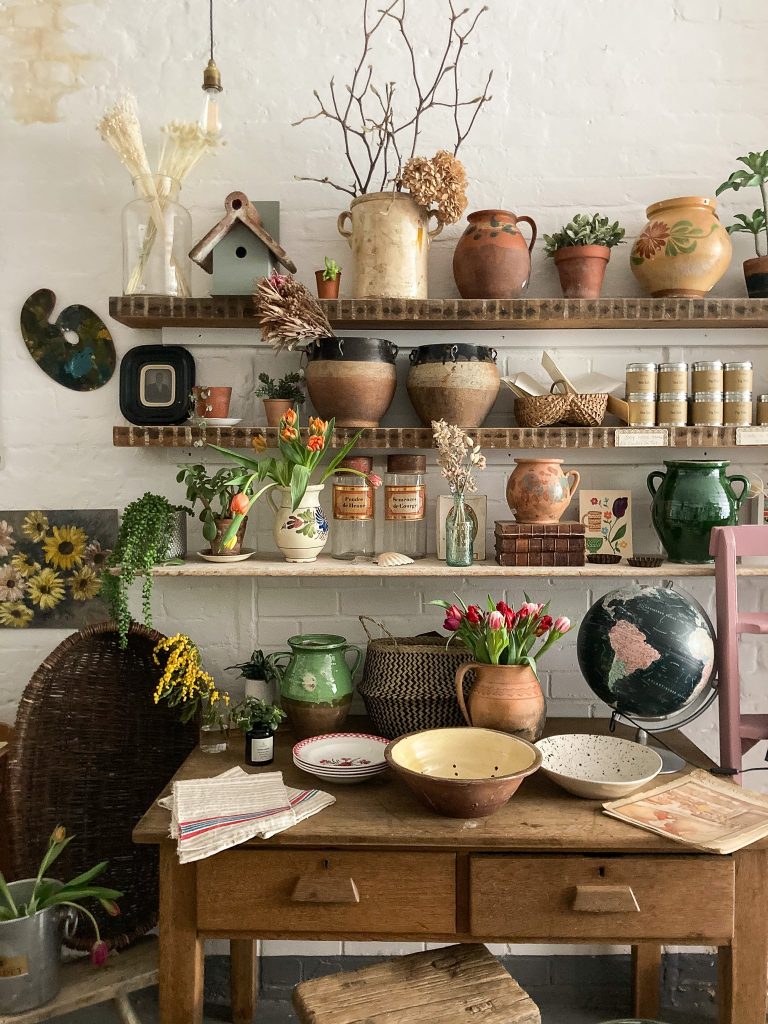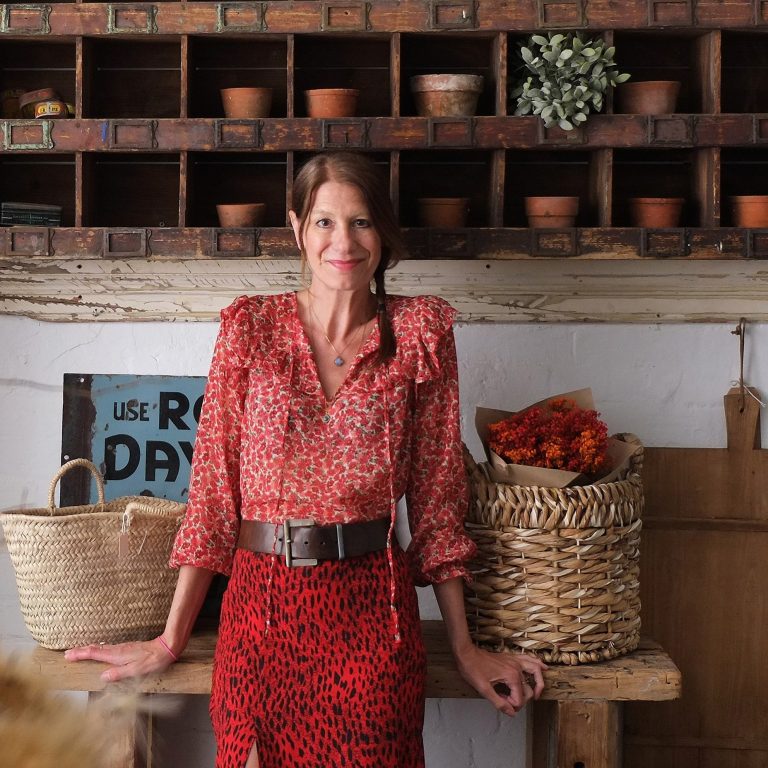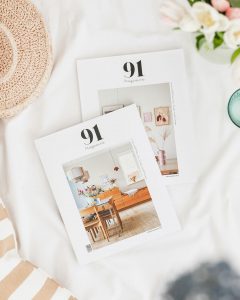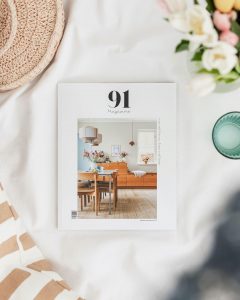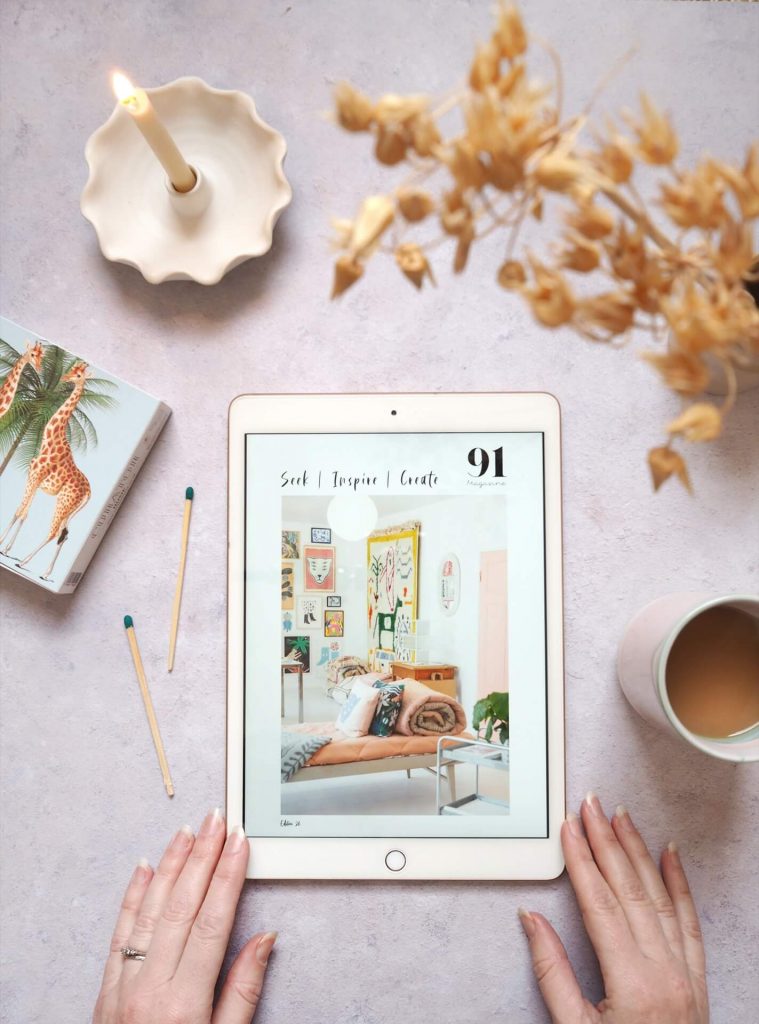Vintage style has always been a passion of ours here at 91, but recently, the buying and selling of vintage goods has become more and more popular as people have recognised not only the uniqueness vintage can offer in your home, but also the benefits it has for our environment. Therefore, the trading of vintage items is becoming big business, with vintage stores popping up on our high streets and online. If the idea of sourcing and selling unique and beautiful old objects appeals to you, then take a moment to read this advice from seasoned vintage seller Michelle Mason of Mason and Painter, one of our favourite stores on London’s Columbia Road…
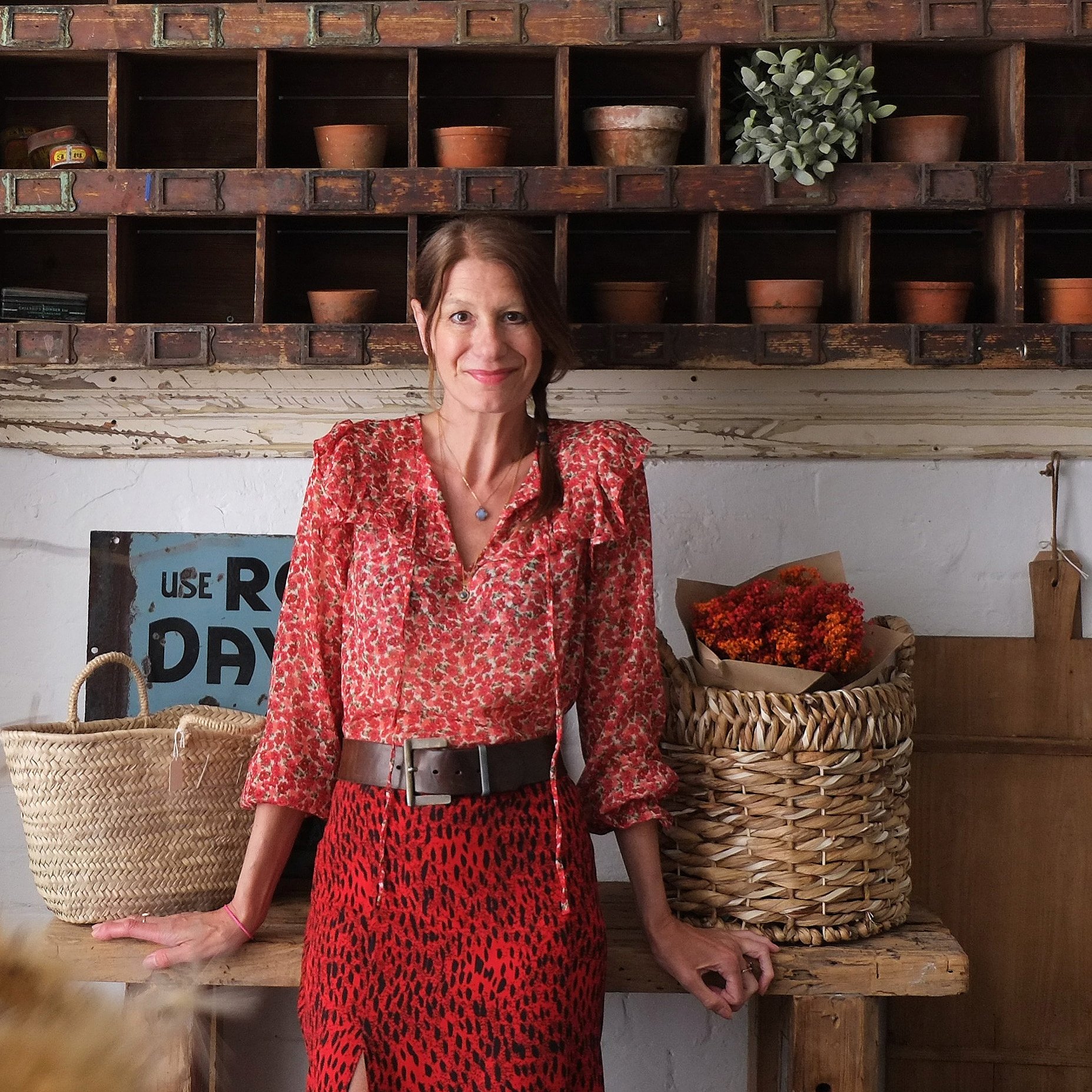
Embarking on a new business venture can be one of the most exciting and rewarding adventures you’ll experience and setting up as a freelance vintage dealer has certainly garnered much interest over the past few years – most notably for its sustainable credentials, the increased demand for all things nostalgic and a desire to buy timeworn, hand-crafted pieces that have withstood the test of time.
Whether you’ve already launched your vintage business or are still at the planning stage there are several essential points you should consider. Below I’m sharing some of the tips and tricks that helped launch my vintage store and, more recently, equip me with the basics to build a dedicated web shop, too.
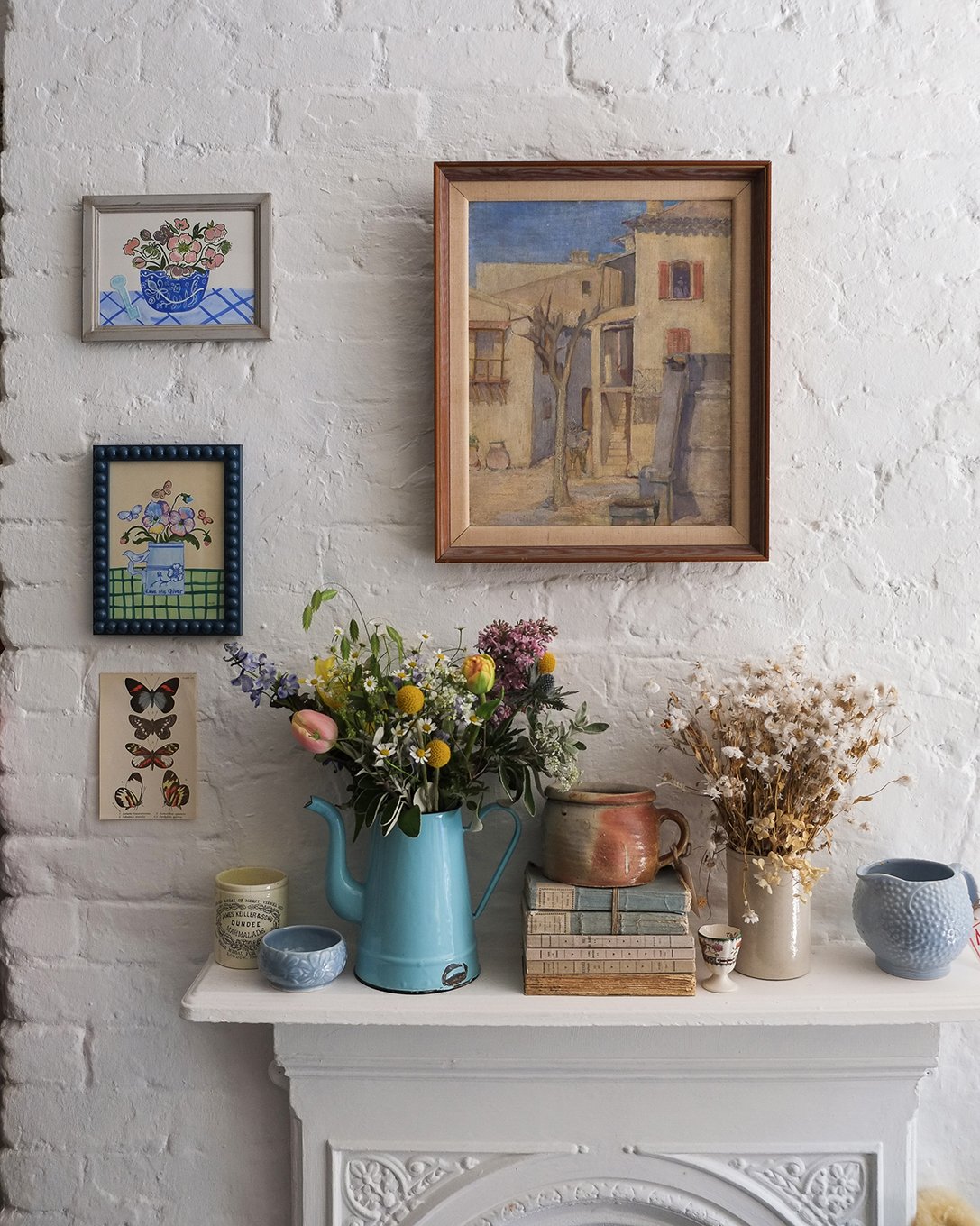
SOURCING VINTAGE TO SELL
Building Your Collection
I believe one of the most important starting points is to find your own ‘vintage’ voice. Consider your style and interests – don’t be tempted to copy the look or collections already on offer by established dealers. If you have an interest in art then hone in vintage paintings or maybe you have a thing for mid-century ceramics or the Arts & Crafts era – whatever your passion, build your collection with a look that’s unique to you.
Do bear in mind that competition is stiff. The most successful vintage dealers have done their homework, researched the provenance of their stock and priced their pieces accordingly. If you run an online business and need ideas on how to price your products look at other online sellers, Etsy or eBay and aim to scale your profit accordingly – this will depend on your outlays and quality of stock. If you plan on opening a physical shop your prices will need to take into account higher outgoings to cover rent, business rates and staff wages.
Buying Stock
You’ll find many European as well as British dealers of salvage, vintage and antique pieces at the larger IACF shows and other fairs such as Sunbury Antiques at Kempton Park Racecourse in south west London. When you are sourcing stock, remember to check the condition before you buy – check for wood worm, wobbly table legs, holes in fabric and damaged pottery, as chances are you won’t get a refund at a later stage. Do be prepared to haggle, if you think the asking price is a little over the odds. There are good bargains to be had if you buy several items from the same dealer but be reasonable and respect the dealer’s asking price if they wont budge.
Start small and build up gradually, as funds allow, until you’re happy with your first batch of stock. Refine your individual style and take time to photograph the beautiful vintage pieces that you’ve found (more on this below).
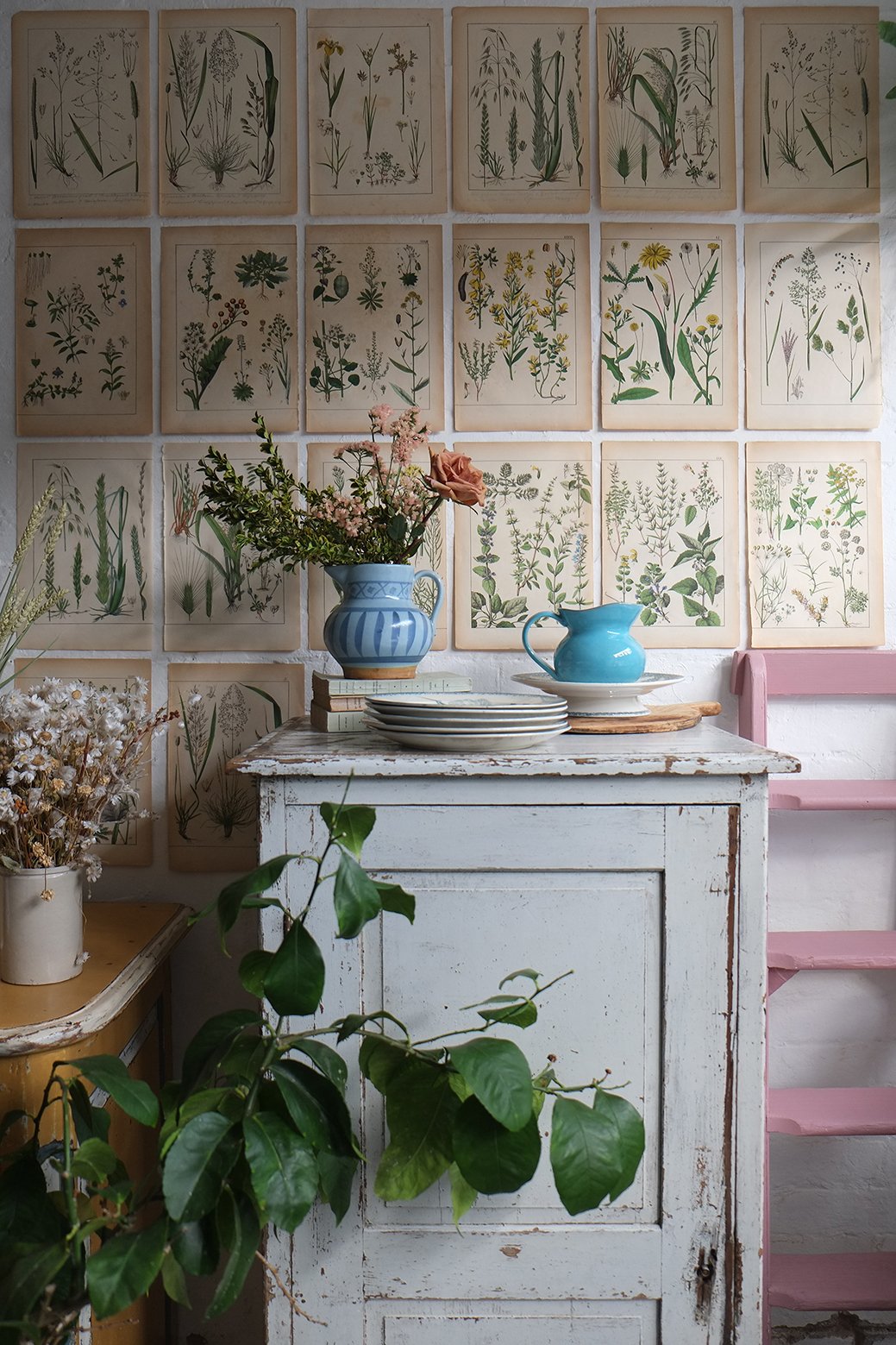
SELLING & MARKETING YOUR VINTAGE GOODS
Selling vintage online
Building a dedicated website is a good first step for your vintage business, but have you considered how to draw traffic to your gorgeous handpicked pieces? Chances are you already have an Instagram Business account so do consider linking it to Instagram / Facebook Marketplace. Head to your profile in the app and look under the settings menu for the Business icon (a little shop) then select the Set Up Instagram Shopping link and follow the online steps. You can also create your shop through Facebook Business Manager. Once you’re up and running you can link products from your posts directly to your website.
If you’re still deciding on which website platform to go with, ask friends or other vintage dealers for recommendations or run an internet search and read up on the reviews. I use WordPress and built my site using one of the custom templates available with the WordPress Business package, payable annually. Other web shop platforms to consider are Shopify, Square Online and Squarespace.
Create regular posts on your Instagram feed and utilise video to really showcase your wares. When selling vintage it’s imperative to keep your website updated with fresh stock to keep customers coming back, and writing regular blog posts around your specialism will help to drive traffic and helps vintage fans to discover you. Build a mailing list using Mailchimp or Flodesk, and send monthly or seasonal newsletters to remind people about what you have to offer – it helps to create an incentive to get people to join your email list – like a discount, a freebie or some inspirational or informative content.
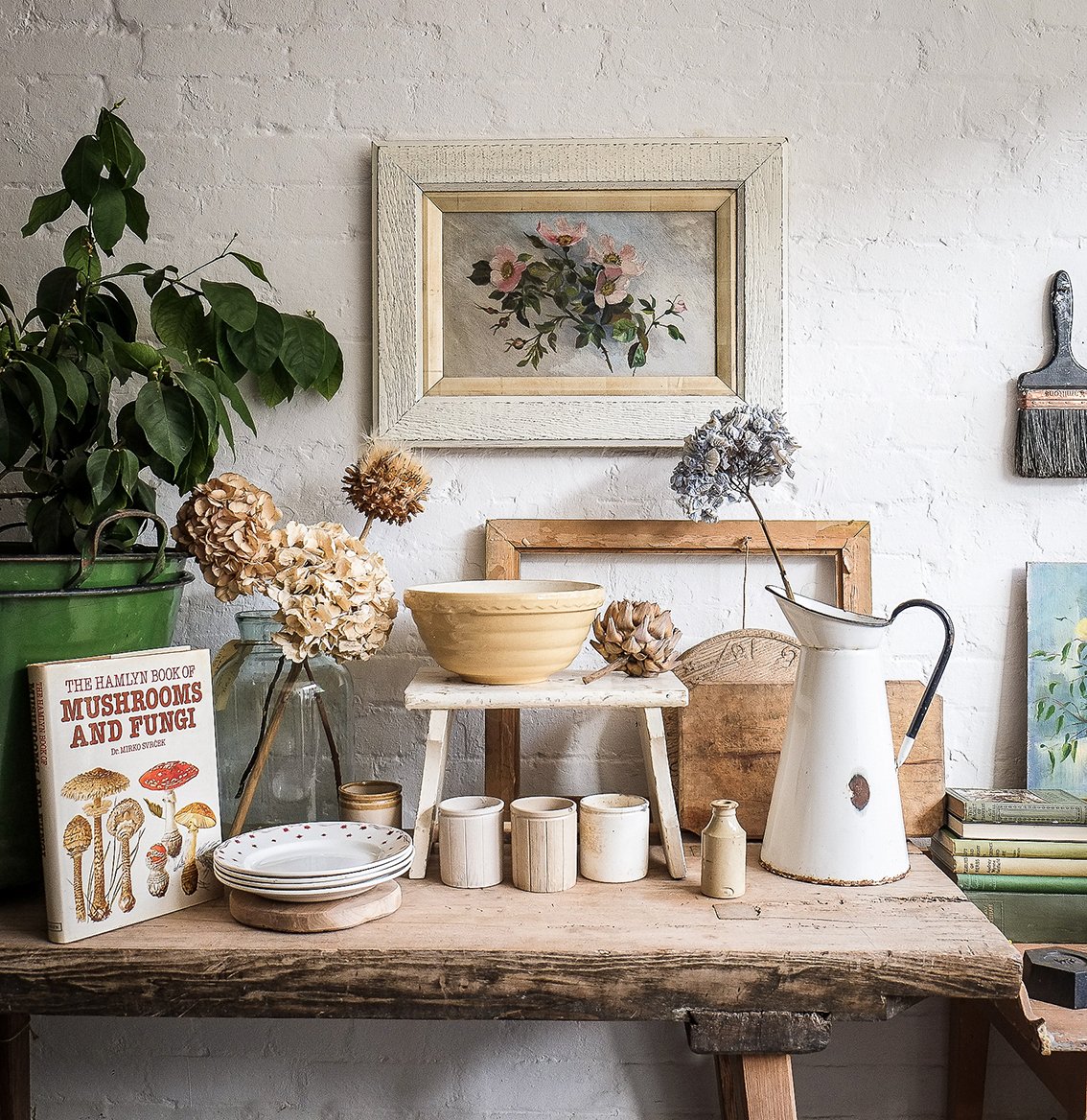
Photography & Text
Clear and concise images are an absolute must if you want to sell vintage and decorative antiques online. Everything from vintage clothes, vinyl, artwork, furniture and ceramics need to be photographed from every viewpoint. Make sure to include close-ups and all the little details and use natural light wherever possible.
Great styling is key; play around with different colour backgrounds or textures and if you feel confident in setting up a vignette or room set you may want to use flowers, vintage books or other props to add interest or experiment with flat lay compositions (rather than photographing the image straight on). When editing your photographs avoid using filters that drastically change the colours or clarity of your products.
Take a look at The Old Potato Store, Penlen Brocante, Mark Chapman Antiques, Goose Vintage Home and Stone and Sage Shop for very varied but great examples of how clear and crisp their product images are and for some style inspiration.
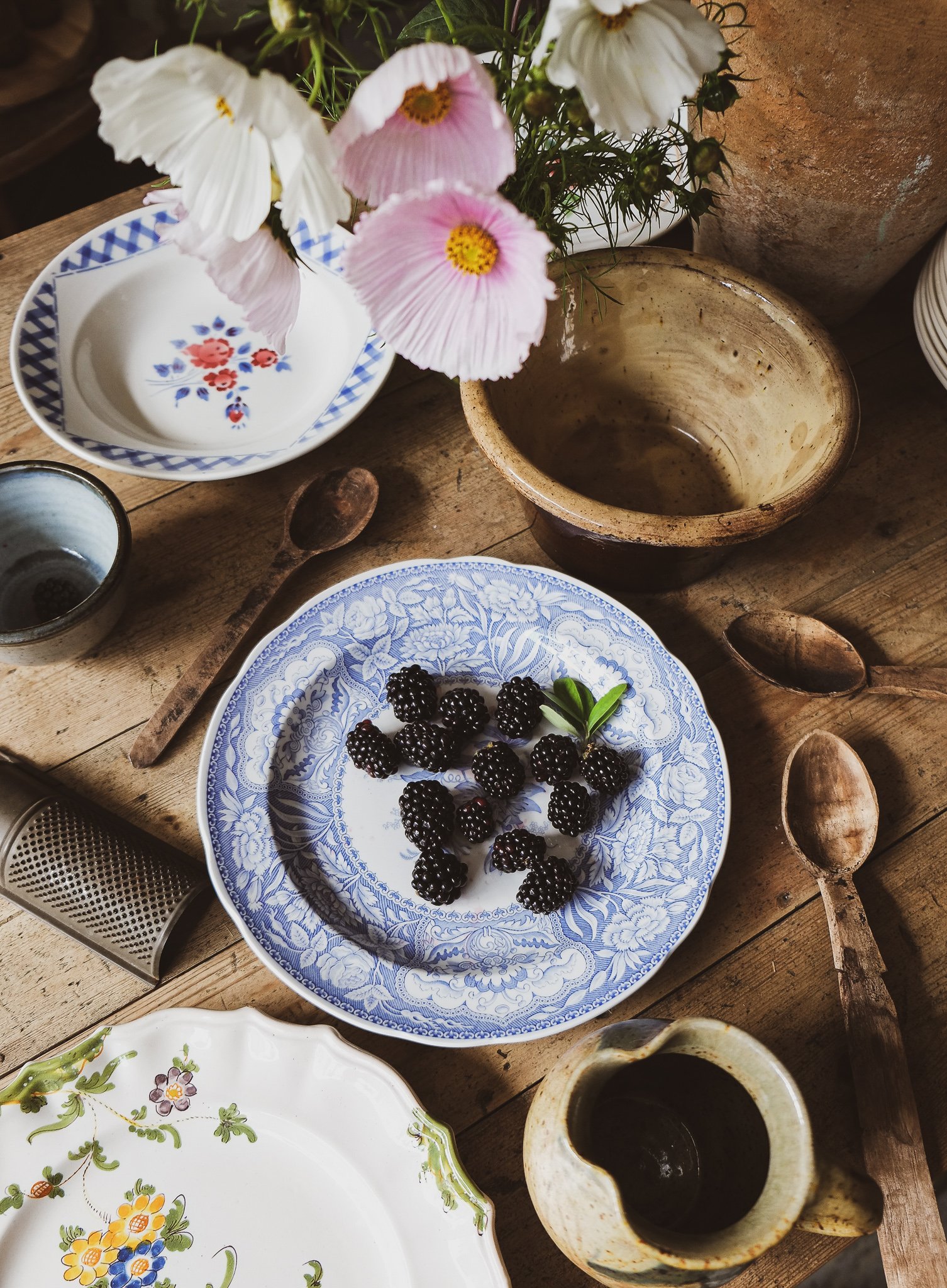
Be honest and descriptive
If you’re selling online or through social media platforms you must be thorough when describing each object as the customer may well be disappointed when they receive the item.
While people understand timeworn objects will have a certain patina, it’s still essential to highlight any breakages or areas of excessive wear. So, be sure to include images of any damage, cracks or missing pieces. It’s also useful to provide close up images of signatures, makers marks and dates too, as this may be important to the buyer.
Be as descriptive as possible (this is also great for SEO and driving traffic to your website!) and include as much information as you can, as well as possible uses for the item and the measurements. Be honest and transparent – if you don’t know the maker of those pretty Victorian teacups then don’t guess.
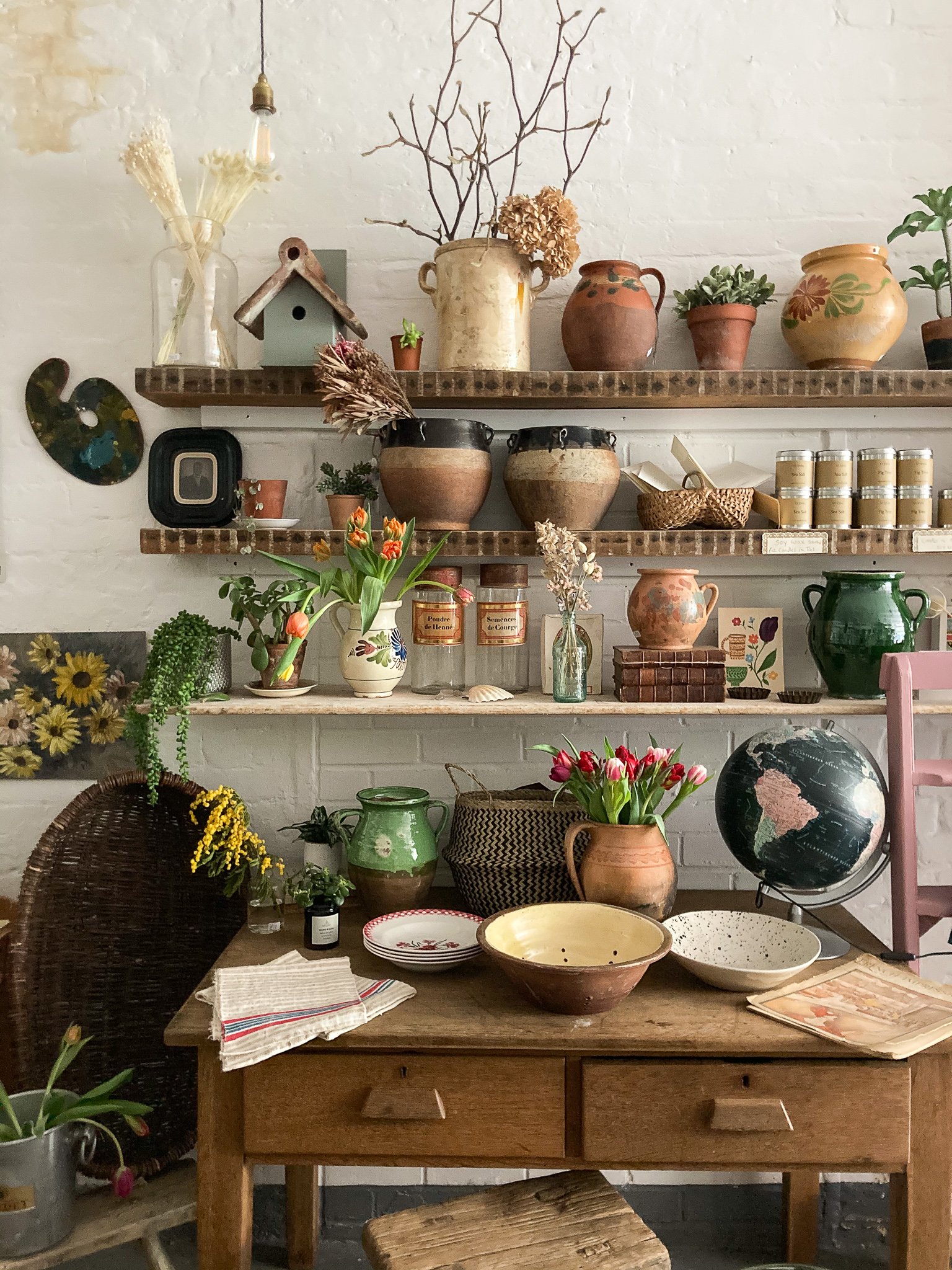
Face-to-Face Selling
Opening a bricks and mortar shop is a fantastic way to showcase your business, it’s also an opportunity to display your collection in full, show off your individual style and build better and a more direct relationship with your customers.
As well as the benefits of running a shop there are inevitable risks to consider before you sign on the dotted line. A shop lease is a considerable financial, as well as personal, commitment. Rental contracts generally come with a 3-5 year lease and you’ll be required to pay a deposit, usually three months rent, in advance. You’ll also be responsible for paying public liability insurance, utility bills as well business rates, around £500 per month, depending on your local council, plus staff wages and the constant outlay for fresh stock.
Before viewing for your dream shop space make a checklist. You may want to include some of the following points, such as: is the property on a street that you know and love, does it have good footfall, have you accounted for the cost of the renovation (if it needs additional fixtures and lighting) and can you commit the time and energy?
It does sound a little scary, but after the initial set up stage my experience of running a physical shop has been positive. Exciting opportunities that wouldn’t have been possible online, such as in-house workshops, pop-up shops, an extensive stock range and collaborations with other small businesses can help to take your business to the next level – bricks and mortar shops still account for better sales than online. And if you’re willing to work hard, supply sought-after products, create a fun atmosphere and an enticing shop front, your customers will soon be back for more.
You can still enjoy the experience of face-to-face selling even if you don’t run a physical shop. Sign up for one of the many vintage fairs up and down the country, club together with local sellers and hire a neighbourhood event space or stall-out at one of the regular, organised antique markets such as Kempton or Newark.
Selling directly to the customer will give you a good idea of what sells and what sits around unsold, and it will also give you invaluable feedback. Popular outdoor selling events such as the Dorset Brocante and Henley Decorative Fair draw large crowds from both trade and public as do the larger, regional IACF fairs at Shepton in Somerset, Peterborough in Cambridgeshire and Runway near Nottingham. Search local press for the antique fairs in your area or look in the backs of national magazines such as Homes & Antiques.
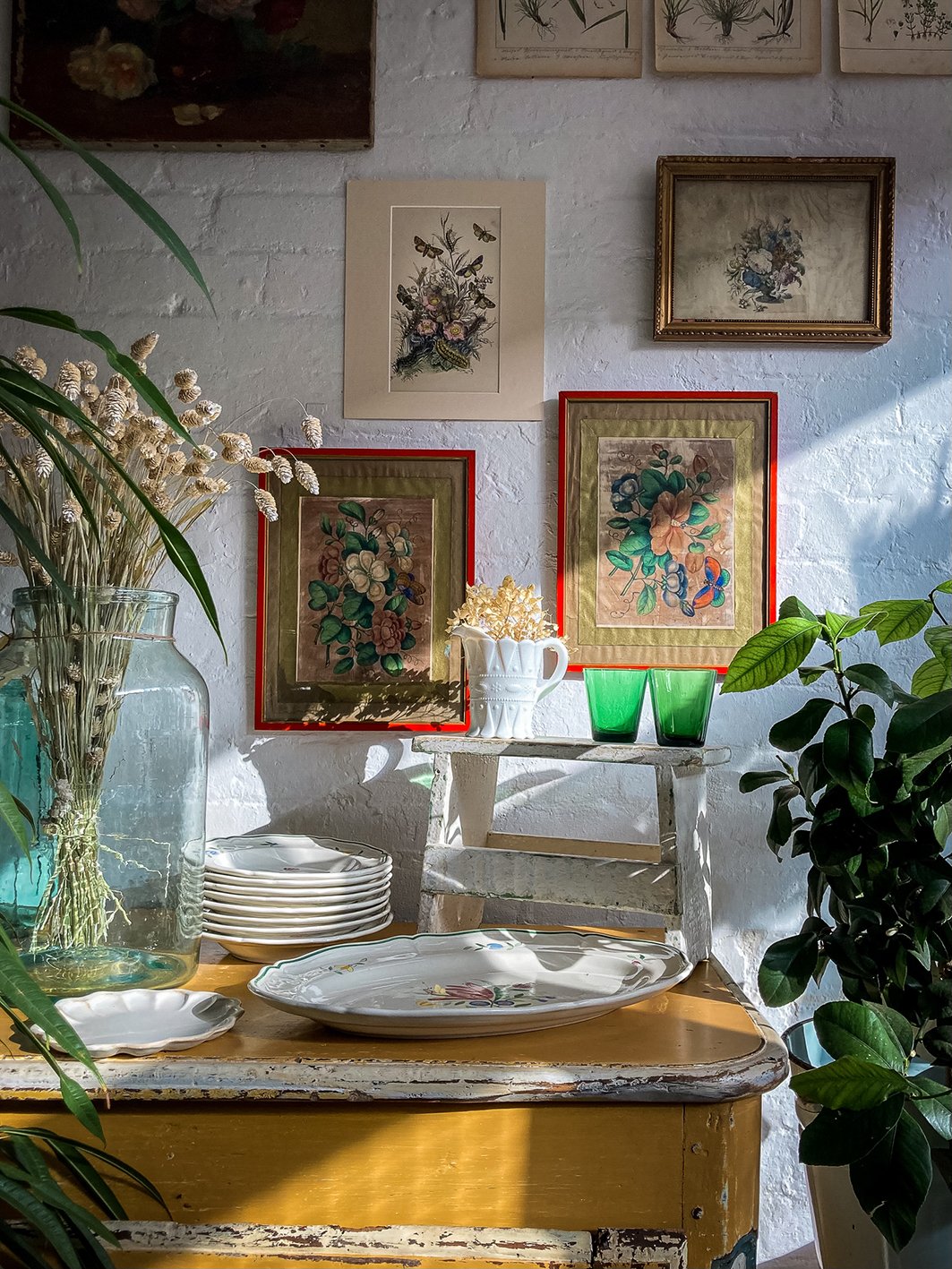
A final note…
There are lots of free business tools and assets online, so make use of them. You can find everything from funding information, how to write a business plan (required if you apply to your bank for loans or funding) to designing a logo or step-by-step instructions on how to build a website. 91 Magazine has a great collection of online workshops covering everything from marketing your online store, to how to use Pinterest for business and photography for small business. Gather as much practical knowledge and insight as you can, and then dive in!
And finally… enjoy it! Dealing in vintage and decorative antiques is very rewarding if you’re willing to put in the hard work and go the extra mile for exceptional stock. On those days when you uncover an extra special piece at a market, or you make a sale, or get a great review from a happy customer, you’ll realise those early morning sourcing trips have all been worth it.
Read a full interview with Michelle in Volume 9 of 91 Magazine – available as a digital edition.
Follow Michelle at @masonandpainter or check out her online shop.
